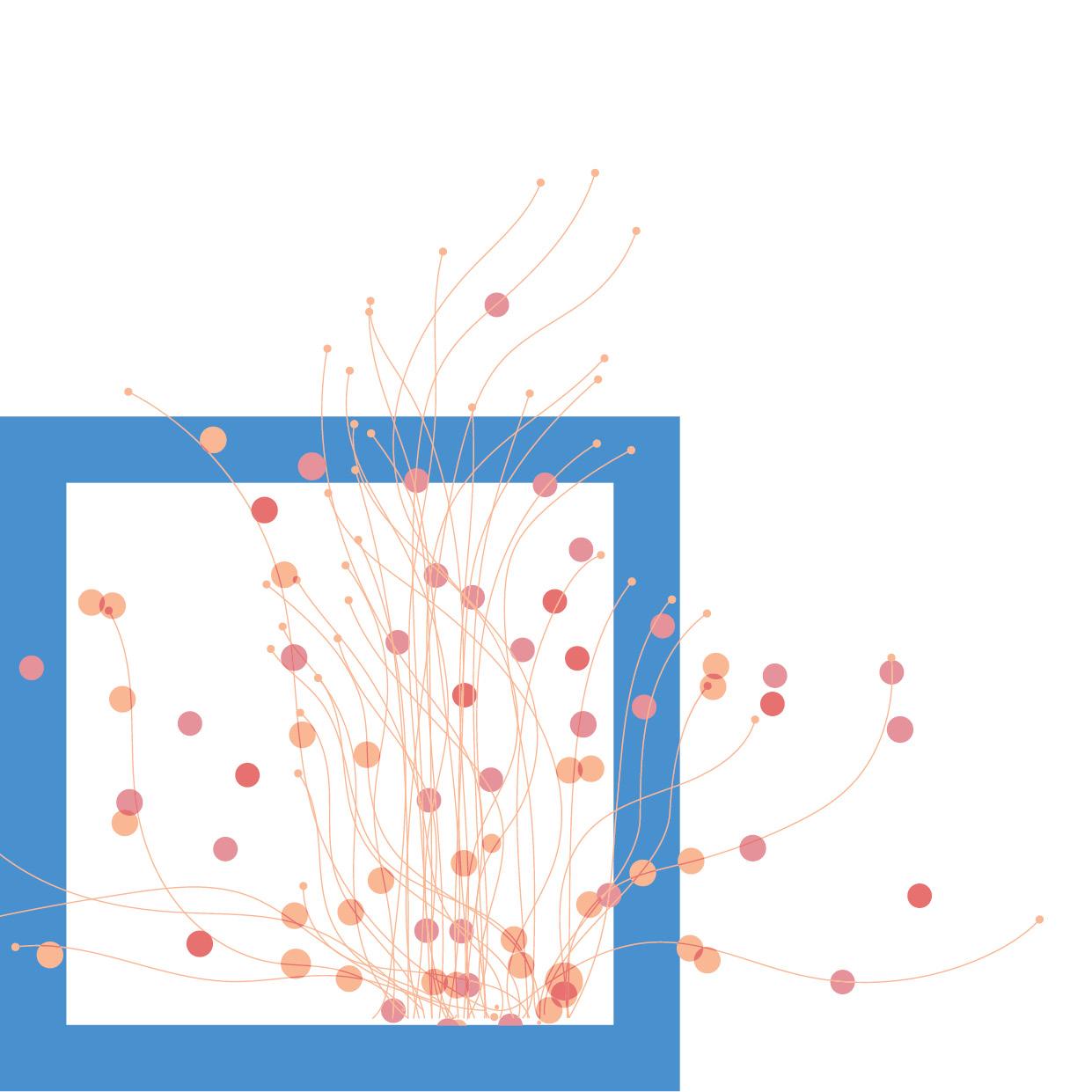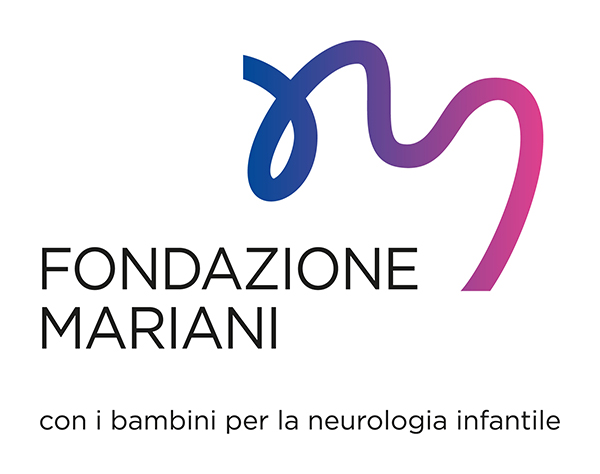23-24 February 2024
Online-Synchronous mode
Visual function assessment in neonates at high risk for visual deficit
Workshop e altri corsi
Intro
This workshop will give a background of information on the typical development of early visual function and the influence of the most frequent brain lesions and eye conditions on the early development of visual functions. Besides the model of early intervention of the newborn at risk of neurological and visual impairment will be presented. The early assessment of visual function, proposed by Ricci et al. in 2008, chosen by the Mariani Foundation Network on visual function for the newborn age, will be presented and described with videos during specific lectures and tutorials with videos.
The network, founded in 2015 thanks to a grant of the Marian Foundation, had the goal to define and standardize the methodology of early detection of visual impairment in children with brain injuries. It consists of 11 centres spread throughout Italy. The centres have different specificities. Some have great experience in the evaluation and rehabilitation of children with visual impairment, of ocular or cerebral origin. Others are large neonatology units with big experience in the follow up of infants at high neurological risk but not in evaluating visual functions. Still others deal specifically with neuromotor and visual rehabilitation.
After the initial meetings to establish common protocols for the evaluation of visual functions for both newborn and follow-up, shared protocols were also agreed on neuroimaging and eye assessment for the enrolment of children. The organized protocols were intended to make it possible, after a short training, that even specialists who follow children at risk for visual impairment, with little or no experience on the evaluation of visual functions, could include our protocol of visual assessment in their follow up.
Originally the training was performed in presence but the advent of the pandemia greatly limited this activity and we thought to organize an interactive online course, with lectures and discussion of videos of the assessment. In order to facilitate the learning of the assessment we decided to separate the neonatal age assessment from that of the infant.


